Lavish 2,200-year-old tomb unearthed in China may be that of ancient king

A 2,200-year-old ornate tomb in eastern China may belong to the ruler of the Chu state, one of the seven powerful kingdoms that vied for supremacy during China's formative Warring States period, an expert told Live Science.
The tomb is the largest and most complex ever found from the Chu state and would shed more light on the conditions of the time, according to officials with China's National Cultural Heritage Administration (NCHA) who were quoted by the official state news agency Xinhua.
Archaeologists have spent the past four years excavating the tomb at Wuwangdun, which is located near the city of Huainan in China's Anhui province. According to Xinhua, archaeologists have unearthed more than 1,000 cultural relics at the site — including lacquered artifacts, bronze ritual vessels and musical instruments — as well as a central coffin inscribed with more than 1,000 written characters.
Radiocarbon dating and other analyses suggest the tomb dates to the late stage of the Chu state in about 220 B.C., when it was coming under the influence of the Qin state.
Qin was ultimately the victor among the seven Warring States that followed China's royal Zhou dynasty — Qin, Han, Wei, Zhao, Qi, Chu and Yan — and its subsequent unification of the country is officially regarded as the beginning of modern China.
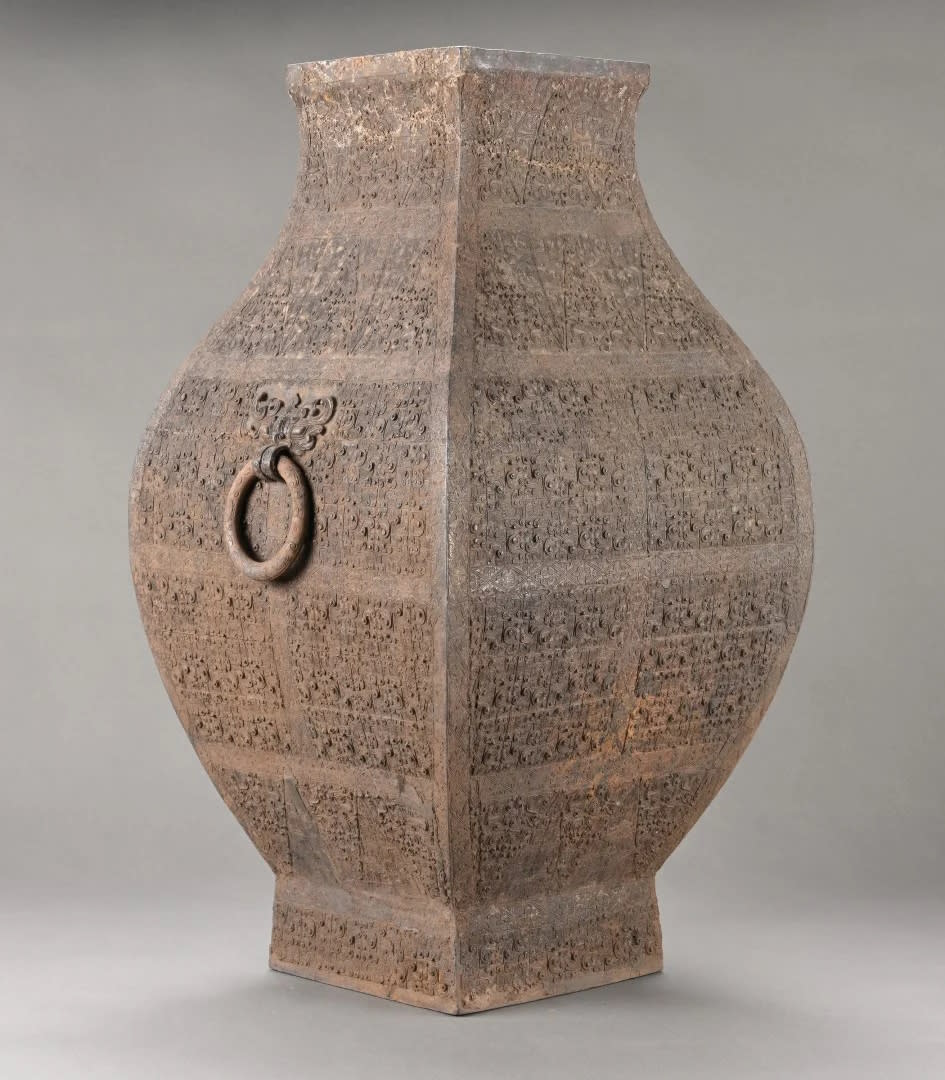
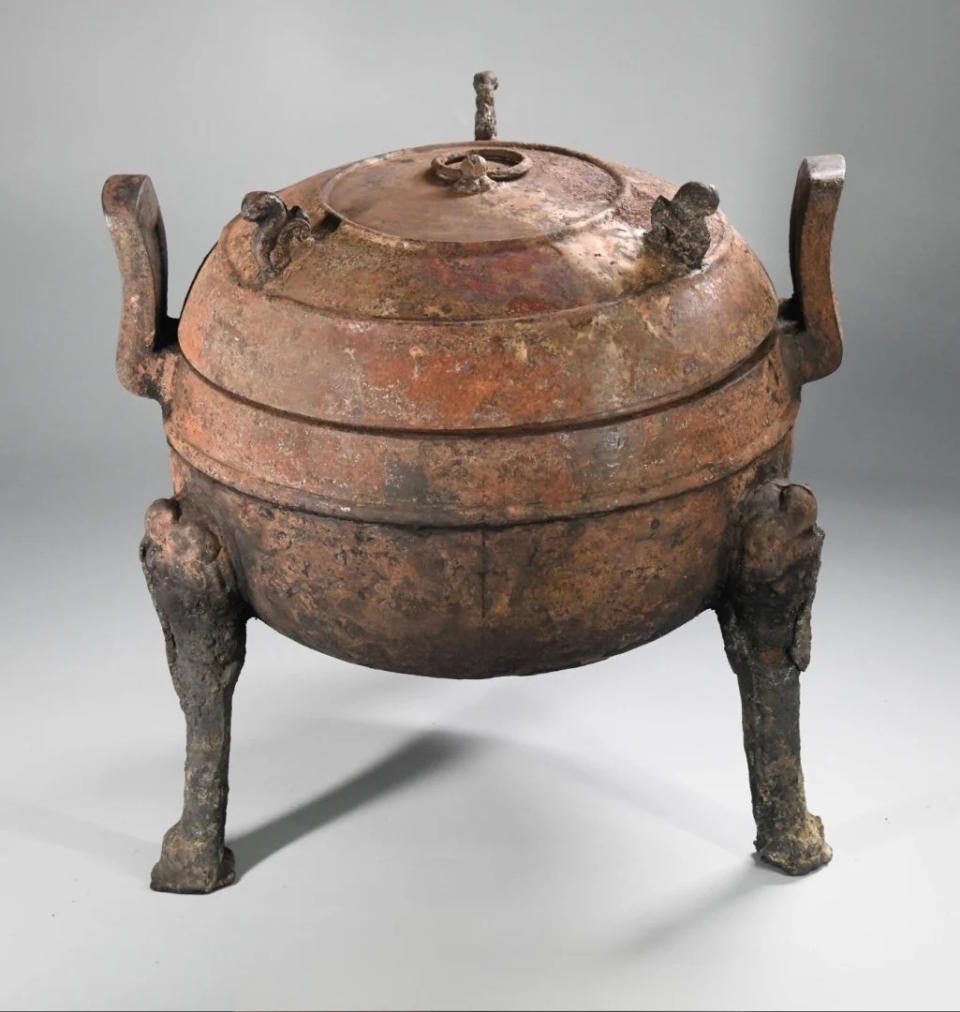
Vast tomb
The tomb's date corresponds to a critical period before the feudal Chu system disintegrated, Xicheng Gong, an archaeologist with the Anhui Provincial Cultural Relics and Archaeology Institute who's leading the excavations, told Xinhua.
"The findings can provide an overall picture of the political, economic, cultural, technological and social conditions of the Chu state," Gong said, adding that they could also improve archaeologists' understanding of Chu's evolution into part of a unified China.
Zhiguo Zhang, a researcher involved in the excavations at China's National Center for Archaeology (part of the NCHA), said the archaeologists worked within a special low-oxygen laboratory built at the site to preserve the unearthed relics.
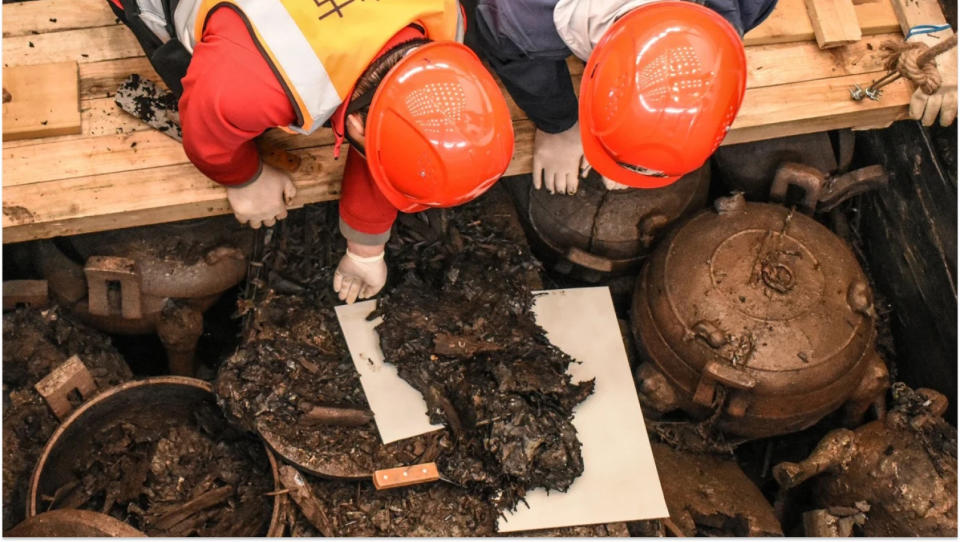
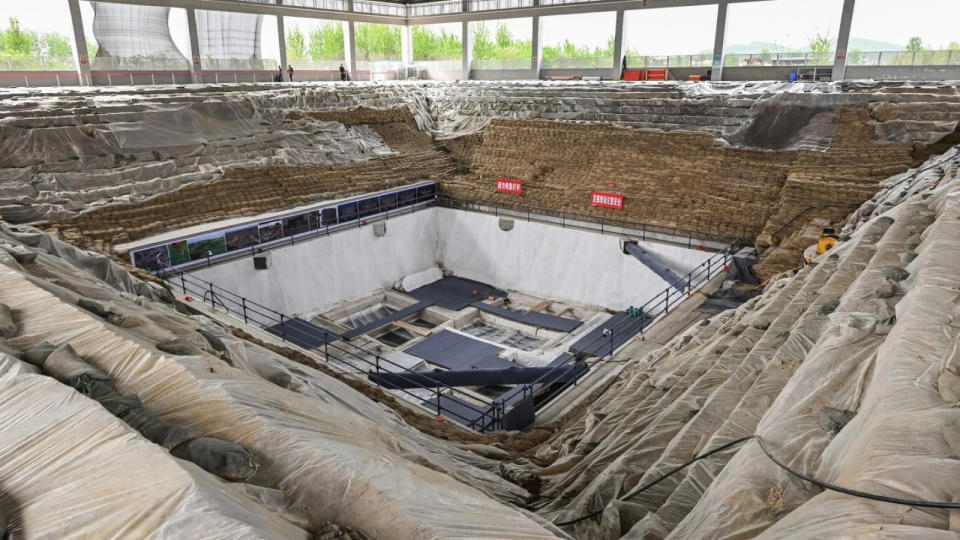
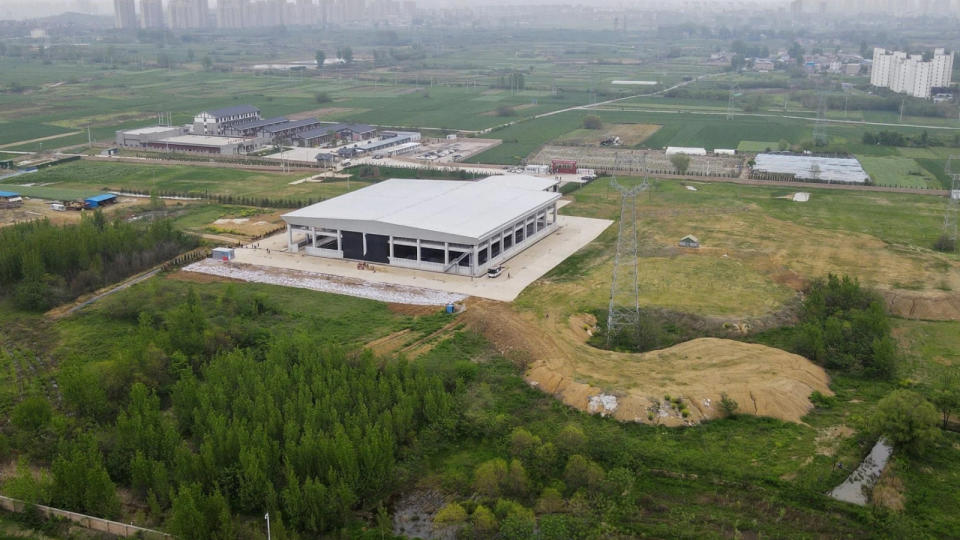
In addition to traditional recording measures, the team used digital scanning, surveying and mapping to create a precise 3D model of the tomb's layer, he said, while the characters written on the coffin's lid were recorded with infrared imaging technology.
He said the team has excavated only one-third of the tomb and has not yet determined who was buried there.
"The excavation and protection work at the Wuwangdun tomb will be carried out simultaneously, and various scientific and technological measures will be used so that the archaeological value of the tomb will be clearly and comprehensively presented," he told Xinhua.
Chu king
The identity of the person buried in the tomb may not be a complete mystery, however; since the Xinhua report was published, an expert has told Live Science that the tomb is probably that of the king of the feudal Chu state.
Margarete Prüch, an archaeologist and art historian at Heidelberg University in Germany who wasn't involved in the excavations, said she had recently returned from a trip to Korea where she'd discussed the tomb with academics there.
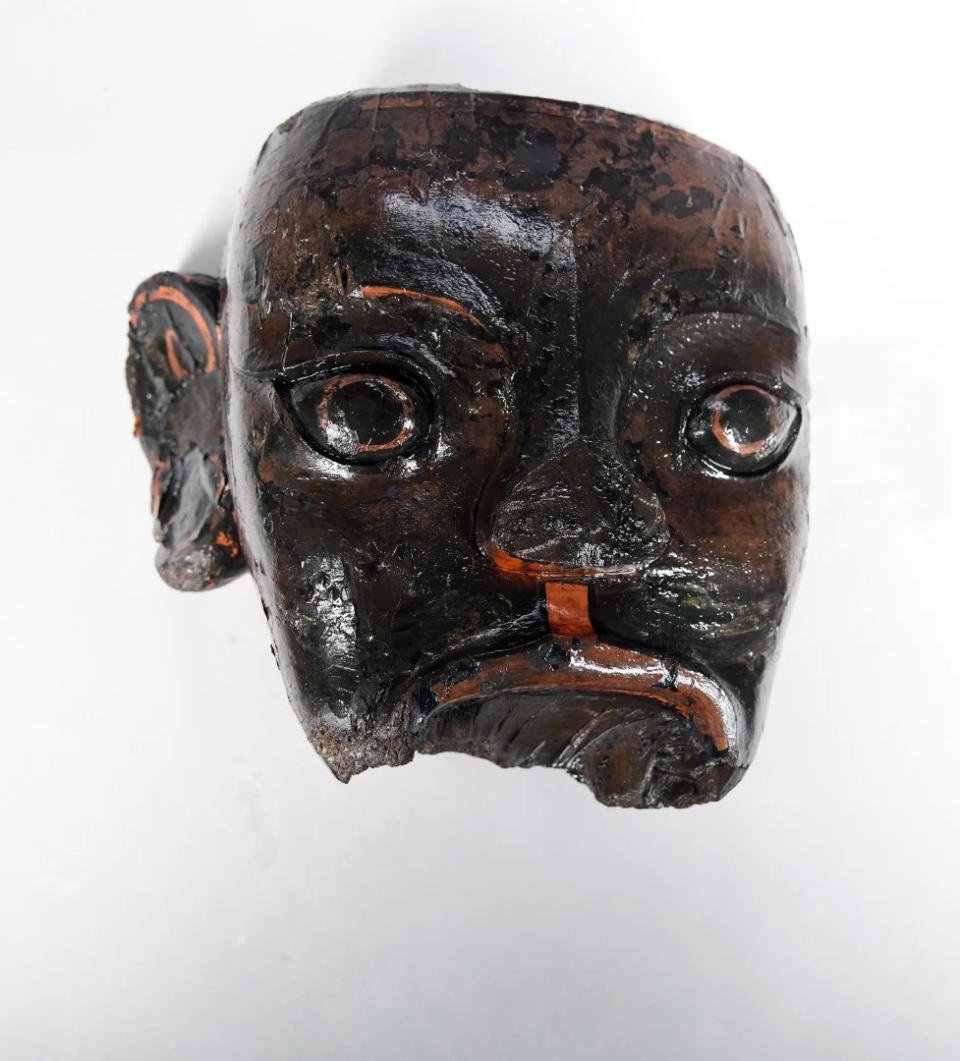
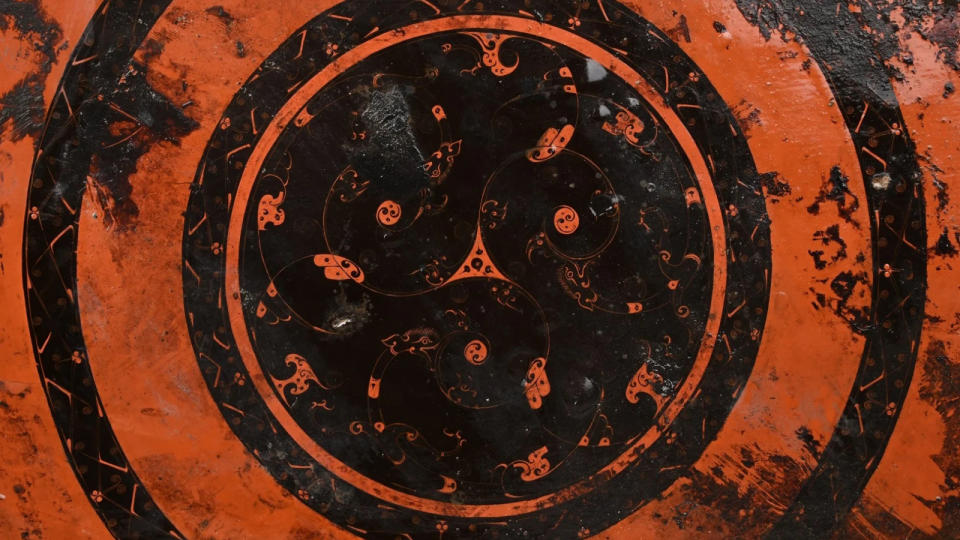
In 202 B.C. the Chu territories had come under the rule of the Han dynasty, the successors to the Qin dynasty; and in 194 B.C. another Han vassal state, Yan, had seized control of the northern part of Korea. So Chinese tombs from this time are very significant in Korea.
RELATED STORIES
—2,000-year-old 'celestial calendar' discovered in ancient Chinese tomb
—Lavish, 800-year-old tombs in China may hold remains of Great Jin dynasty elites
—Ancient Chinese tombs hold remains of warriors possibly buried alive
Prüch told Live Science she'd been told the tomb was probably that of the Chu king Kaolie, who ruled from 262 to 238 B.C.
"It is indeed one of the most complete and largest tombs of the Chu culture so far," she said. "The tomb structure and burial objects are outstanding and will bring new and fresh approaches to the field."
The tomb stands out for its many "wonderful" lacquer items, she added, especially the lacquered head sculptures, which had never been found in a Chinese tomb.

